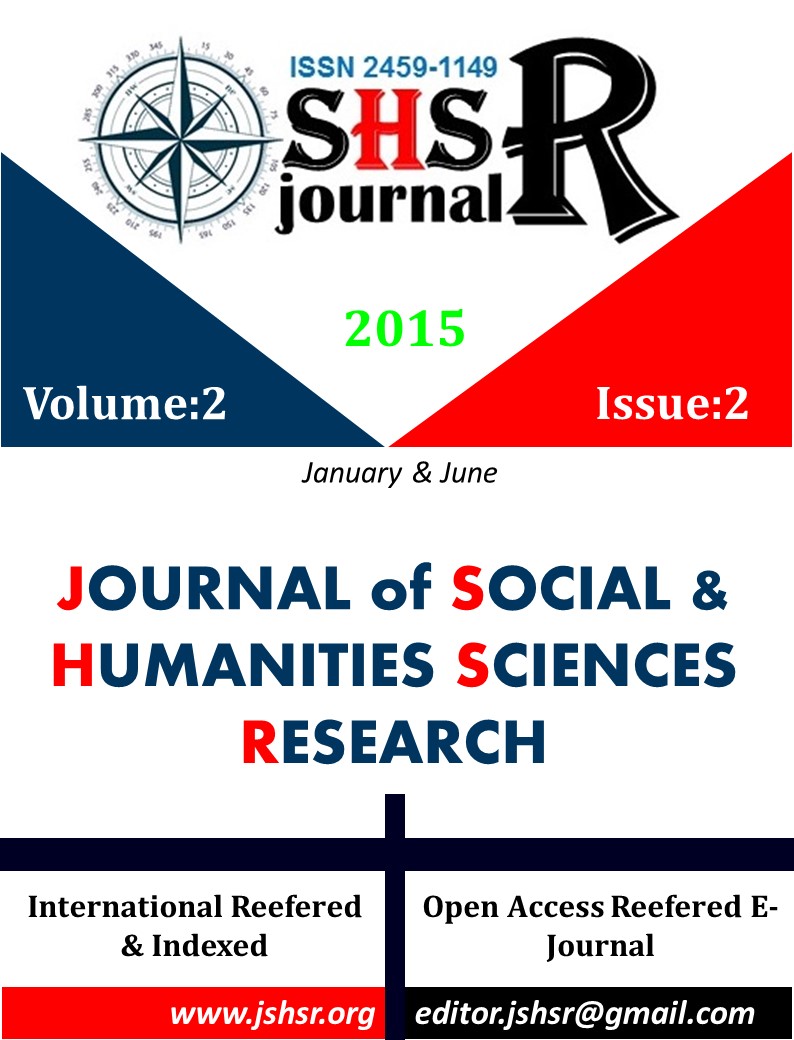THE CRIME OF FRAUDULENT BANKRUPTCY
DOI:
https://doi.org/10.26450/jshsr.8Keywords:
Bankruptcy, Fraudulent Bankruptcy, Turkish Criminal Law, Bankruptcy and Enforcement LawAbstract
Bankruptcy is a fact that any person or institution who continue to work actively can face. The person or persons who are aware of this fact take bankruptcy caseinto consideration while doing planning. Person or persons who have the possibility to face bankruptcy, follow different methods according to their sector and try to get rid of thissituation.
Bankruptcy is not a crime according to the law. However, in the case of suspicious situations emerging from bankruptcy, it constitutes a crime. Fraudulent bankruptcy which can be considered a suspicious situation is counted as crime in the Turkish criminal law. Bankruptcy crimes include acts of company owners towards creditors and debtors, and to the economical system as a whole.
Fraudulent bankruptcy crimes are regulated by the Turkish Criminal Law (TCL) and Bankruptcy and Enforcement Law (BEL). The enforcement for bankruptcy crimes are regulated by the Turkish Criminal Law, and legal basis for fraudulent bankruptcy is established in theBankruptcy and Enforcement Law.
In this study, general structure of fraudulent bankruptcy crime is investigated, differences between the law no 5237 and the law no 765 in Turkish Criminal Law are explained, factors of fraudulent bankruptcy are addressed, and among these factors, specifically the law no 161 (Turkish Criminal Law) and the law no 311 (Enforcement Law) are explained.
Downloads
Published
How to Cite
Issue
Section
License
Copyright (c) 2015 INTERNATIONAL JOURNAL OF SOCIAL HUMANITIES SCIENCES RESEARCH

This work is licensed under a Creative Commons Attribution 4.0 International License.


